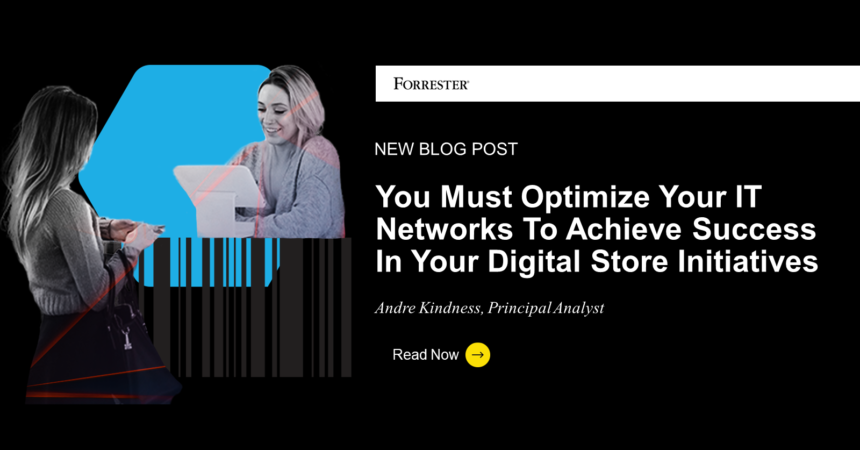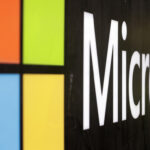If you didn’t catch my last blog on business optimized networks …
A business-optimized network (BON) embraces customer-centric principals and the five tenets of virtual network infrastructure within its design and operation. Most networks are not designed to be business differentiators but rather to enable IT connectivity. Adopting a business-optimized network gives businesses a leg up in the digital era.
Our latest research explores the adoption of retail-optimized networks — BONs designed for the future store. The future store is complex — post-pandemic consumers use many buying channels and are conscious of their many options. Retailers have been forced to reconsider meaningful omnichannel experiences to stay competitive in the space; those who didn’t got boxed out. Upgrading a network strategy might be the key differentiator in optimizing a future-store strategy. That’s why it’s the perfect case study for BON adoption.
In The Future Of The Digital Store, Forrester introduces a “6E” strategy necessary for future-store success. The six elements of the future digital store transformation are:
- Engage customers: Start the journey by engaging the customer.
- Emulate e-commerce: Bring the best of worlds together.
- Expand impact: Get to know your customer and meet their needs.
- Empower associates: Spend more time with customers.
- Execute operations: Gather information to ignite the right set of resources.
- Enable insights: Add advanced analytics, including AI, to enhance omnichannel components.
As you plan for the future store, you must come up with a strategy to modernize your network. Whether stores roll out mobile apps or inventory management systems, your network must support the expected business outcomes. Not all retailers will embrace all the initiatives, and some might not make it a full-fledged rollout; for example, Walmart now uses inventory robots. Even with a shorter list of initiatives, this won’t be easy.
To help guide this future, I wrote Design Your Retail-Optimized Network, which goes through these six stages, giving two to three examples of how the network must morph to enable this reality. Here are some key ways that a business-optimized network can enhance retail experiences:
- Enable outdoor Wi-Fi coverage, as customer engagement starts before a customer even enters a store.
- Support self-service through near-field communication implementation and mobile payment adoption with connectivity through WLAN, LAN, WAN, or Zero Trust Edge solutions.
- Provide accurate wait times and inventory availability by tracking customers, employees, and products using multiple wireless technologies — Wi-Fi, Bluetooth, and cellular, using Zero Trust principles.
- Enable employees to spend more time with customers by adopting machine-learning technologies that use enhanced network policies.
- Share real estate with other brands, like Best Buy and Kohl’s have done with AT&T, Green Burrito, Starbucks, etc., to increase foot traffic, which requires wired and wireless network services through switches, routers, and access points, as security and segmentation of the network is critical.
This report not only tells you how to do this, but it also gives examples of those already making these investments. It also notes which networking components you will need to enable these intiatives. This is exclusive content for our Forrester Decisions and Forrester Market Insights clients. I hope you enjoy!
Want to learn more? Forrester clients can view the full report here or request an inquiry with Andre here.








